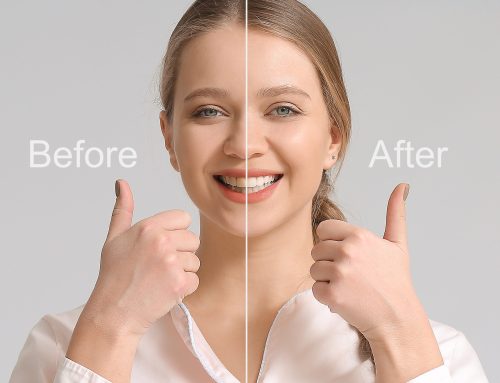What’s the Relationship between Sugar and Cavities?
Halloween is coming up, and with it trick-or-treating. Kids love trick-or-treating, of course, and if we’re honest, we adults will admit we sort of like it too—especially if we can nab the occasional fun-sized candy bar.
But we wouldn’t be doing our part if we didn’t remind our Frisco and DFW-area patients to be careful about their sugar consumption. We don’t think you should avoid it complete of course—where’s the fun in that?—but we do want you to be mindful of how sugar interacts with your teeth. The more you know about this important aspect of oral health, the more proactive you can be about setting limits for yourself and your little one, while still having plenty of fun.
It’s not sugar itself that causes cavities. Instead, cavities are the result of a special chemical process that all begins when you take that first bite of candy or that first sip of Coke. The sugar in that treat catches the attention of a very special kind of bacteria in your mouth. That bacteria feeds on sugar, breaking it down and digesting it. The by-product of this is acid. It’s this acid—not the sugar itself—that wreaks havoc on tooth enamel.
So what can you take away from all this?
First, by all means, have fun on Halloween. But do remember to show moderation when snacking on treats.
Second, brush and floss thoroughly after enjoying your Halloween treats. Brushing and flossing are the best way for you to care for your teeth at home. You can also supplement your normal routine with a fluoride mouthwash. Using a fluoride mouthwash, you can give your teeth access to important minerals that will help them stand strong in the face of decay.
Third, if it’s been more than six months since your last checkup with Dr. Wade, give our Frisco dental office a call. Every checkup involves a professional cleaning to help manage bacteria and plaque, which can also cause gum disease.
Our office proudly serves patients from Frisco, Plano, McKinney, Allen, Dallas, and The Colony.



